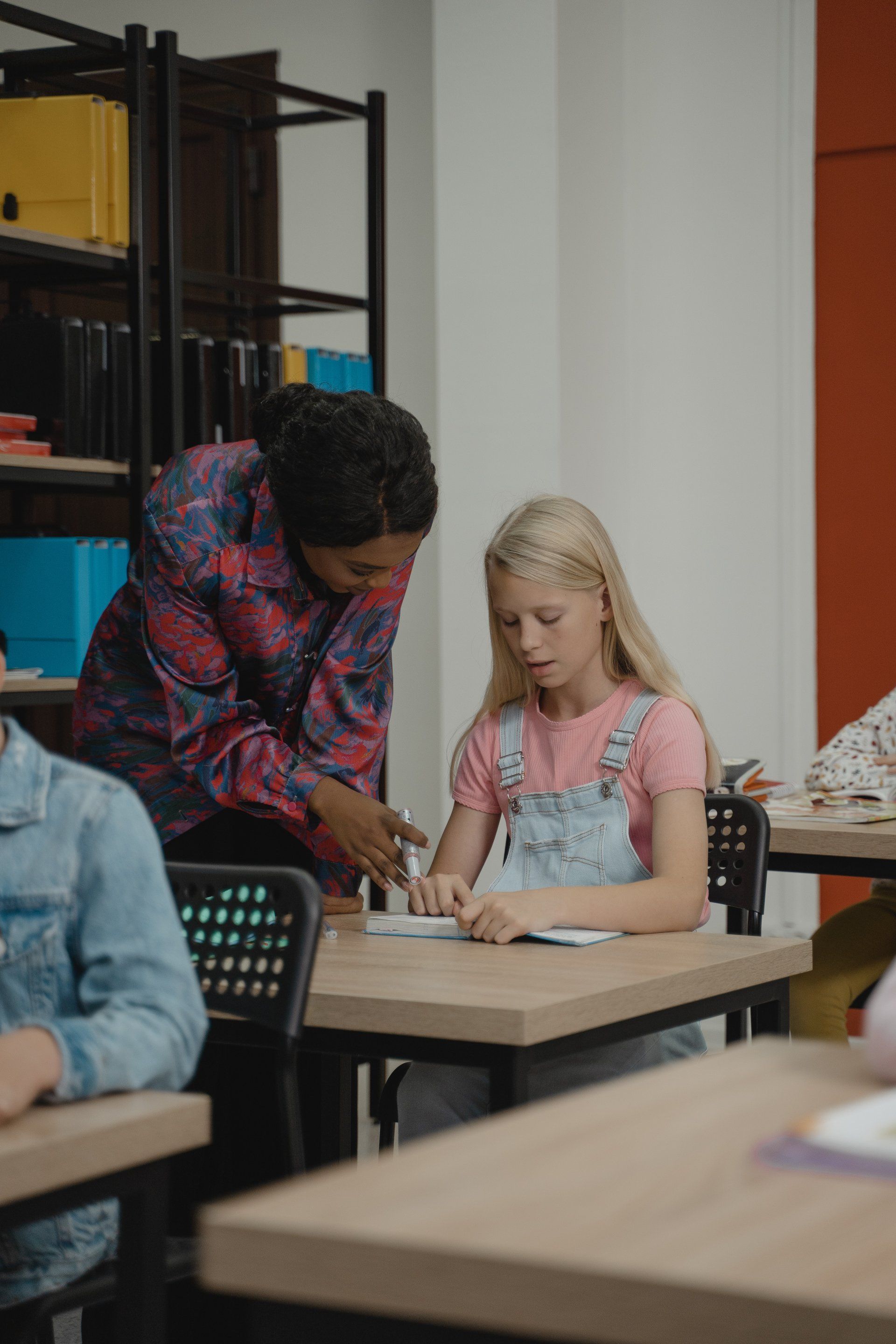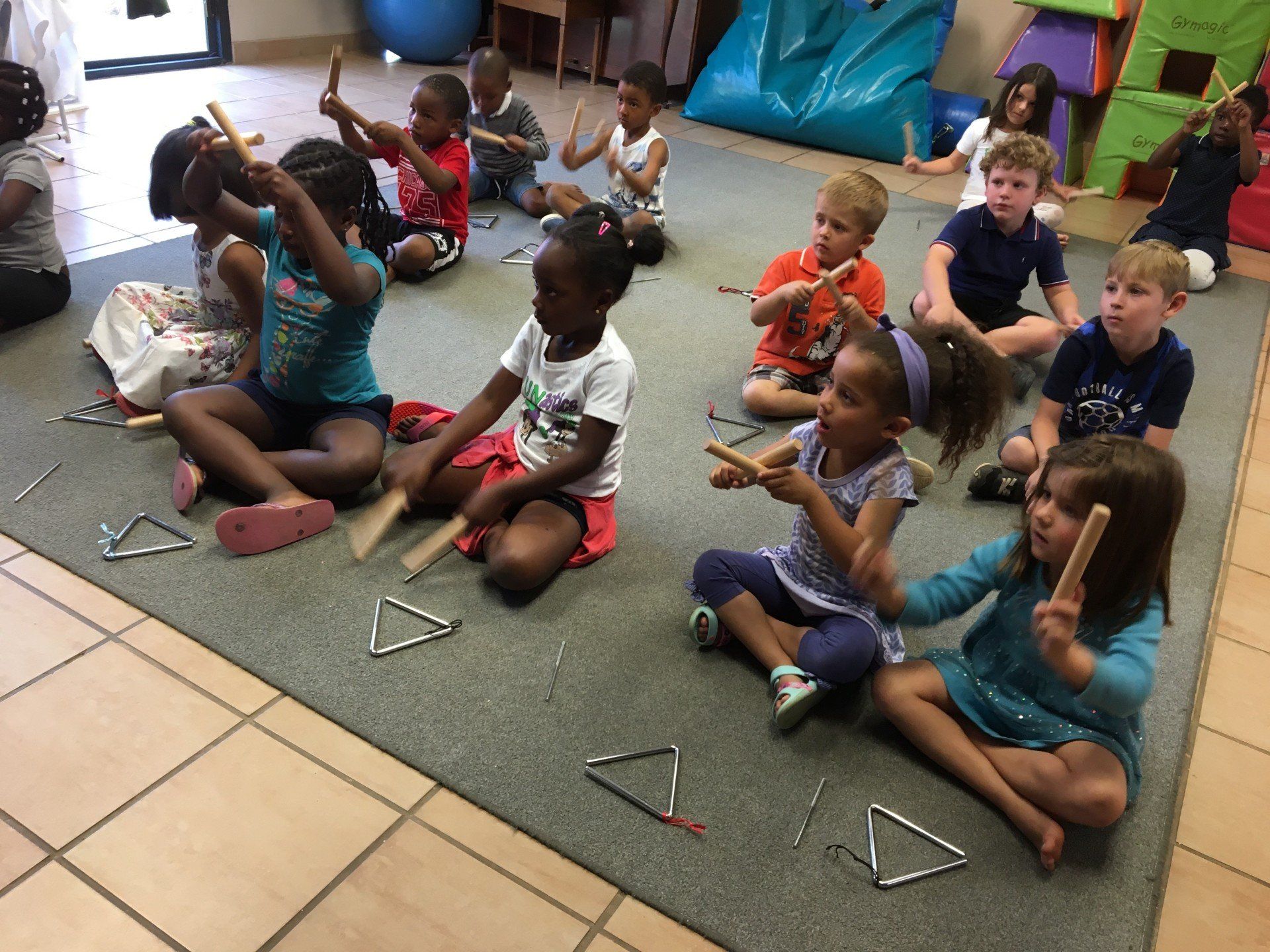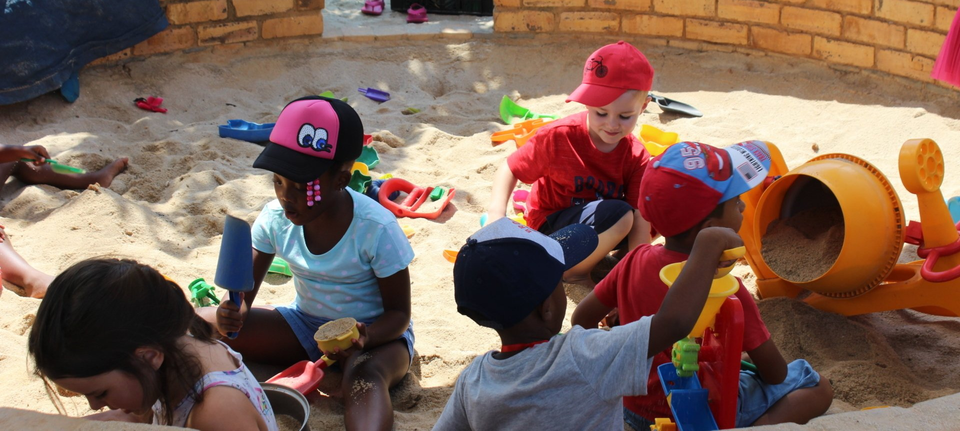The Importance Of Sandpit Play | Maragon Private Schools
Sand… some children hate it other children love it. Those children who love it, have a natural affinity to sand play. Sand play is an open-ended activity. The child determines the direction and the path of his or her play. There are basically no rules or instructions when playing with sand – children can dig around, build with it, pretend with it, sift it, and explore. Their imaginations can run wild, thus offering endless opportunities for fun and learning. Because playing with sand has no limits, children are free to determine their own way to play. This teaches kids how to make their own choices. From simply sitting and feeling the texture of the sand to building and creating games to play, if they can think it, they can do it with sand.
Sand play is particularly beneficial for developing a sense of textures. Not only is sand a new and different texture for children to feel on their skin, but the contrast it creates with concrete, grass, dirt, and wood will emphasize the sensation of each surface. By adding water to the sand, the texture changes and they are able to see and feel the differences and then freely build things from the mud.
Playing in the sandpit is a great way for children to learn to be social and make friends. It will expose them to situations where they are faced with real problems that require them to share, compromise, and negotiate. It is also just a fun way for kids to make friends. They can talk to each other while making and playing with their creations or even come together to play. While socialising around the sandpit area children requiring speak and listen, thus developing their vocabulary.
Sand offers the children unlimited space in which to imagine and create. As children begin to more fully understand the physical properties of sand, they have the opportunity to expand their creativity and imaginations. The children can make structures and environments using the sand and create small worlds to pretend and role play in. Many children find working with sand to be relaxing and non-threatening, allowing them the freedom to express their imaginations in safety and without consequence.
Mathematical concepts can be developed during sand play by providing children with measuring spoons and cups, containers in a variety of sizes and shapes, balance scales. Through sand play children use mathematical terms like more/less; many/few; empty/full; heavy/light.
Sand pit play helps with physical development. Gross motor muscles will be developed by digging, pouring, sifting, and scooping sand. Children use their upper bodies and arms in ways that many of their other toys do not require them to work. Large amounts of sand can become very heavy and difficult to move, thereby creating further exercise and muscle-building opportunities for young children. If the sand becomes wet, it becomes even more difficult to scoop and manipulate, further flexing the young muscles of children playing in the sand. The legs and lower bodies of children get involved from squatting in the sand or from lifting and carrying buckets of sand to other areas.
Eye-hand coordination and small muscle control are improved as children learn to manipulate smaller sand accessories.
Sandpit play is a vital part of any child’s development. It is a fun and informal way for the whole child’s body to be engaged and developing.










